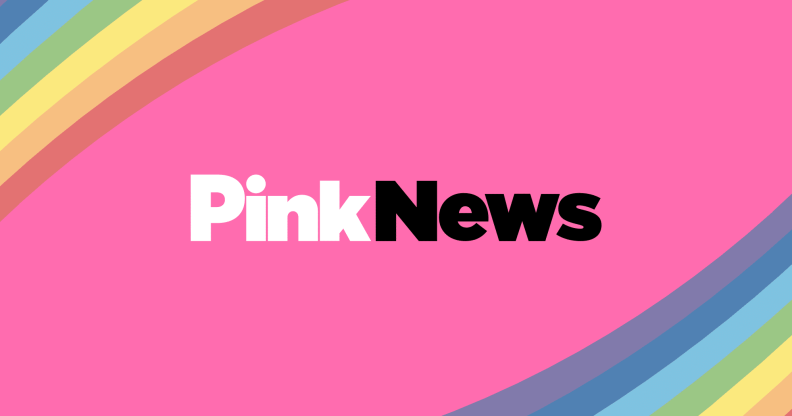Gay community not alone in fight for health insurance

Health insurance is a hot topic within the US gay and lesbian community these days, especially within the ongoing and progressively improving discussions surrounding domestic partnerships, civil unions and marriage for gay folk.
The LGBT community isn’t alone in its interest in the topic, in fact, according to “Insurance, Poverty, and Health Insurance Coverage in the United States: 2005,” recently released by the US Census Bureau, millions of Americans currently are living without health insurance coverage.
The report classifies “health insurance coverage” as private coverage (provided through en employer or union or purchased by an individual from a private company) or government coverage (which includes the federal programs Medicare, Medicaid and military health care; the State Children’s Health Insurance Program; and individual state health plans).
People were considered “insured” if they were covered by any type of health insurance for part of all of the previous calendar year, and were considered “uninsured” if they were not covered by any type of health insurance at any time in that year.
So just how many people were considered insured or uninsured in the Census Bureau’s latest go-around? According to the survey, 247.3 million people benefited from health insurance coverage of some kind in 2005; an increase from the year before, when 245.9 million people were deemed “insured.”
That’s where the report’s good news began and ended, however. Although more Americans than ever had health insurance coverage last year, the same was true of those on the other end of the spectrum as well. In 2005, 46.6 million people were without health insurance coverage, an increase of more than a million from 2004 (when 45.3 million were without comparable coverage).
Also down from 2004 was the percentage of Americans without health insurance coverage in 2005. According to the Census Bureau’s calculations, 15.9 percent of the general population found themselves uninsured last year, compared to the 15.6 percent seen the year before.
The percentage of Americans covered by employment-based health insurance decreased between 2004 and 2005, from 59.8 percent to 59.5 percent, while the percentage of people covered by government health programs remained steady at 27.3 percent (the number covered actually increased from 79.4 million to 80.2 million in the past year).
Perhaps unsurprisingly, the Census Bureau reported that Americans making the most money were most likely to have health insurance in 2005. For instance, in households with annual incomes of less than $25,000, just 75.6 percent of people were covered, while 91.5 percent of those in households with incomes of $75,000 or more could claim the same.
It’s possible “Insurance, Poverty, and Health Insurance Coverage in the United States: 2005” doesn’t cover the entire landscape of health insurance coverage in the US Census Bureau officials admitted in the report that “research shows health insurance coverage is underreported in the Annual Social and Economic Supplement (ASEC) to the Current Population Survey (CPS) for a variety of reasons.” An example: Some people may report their insurance coverage status at the time of their interview rather than their coverage status during the previous calendar year.
“Compared with other national surveys,” officials added, “the CPS ASEC’s estimate of the number of people without health insurance more closely approximates the number of people who were uninsured at a specific point in time during the year than the number of people uninsured for the entire year.”
© 2006 GayBusinessWorld.com; All Rights Reserved.

